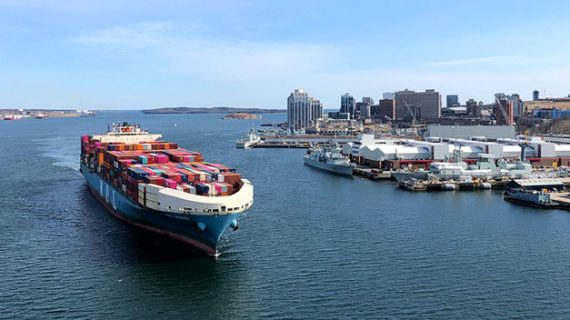Ocean Freight Shipping is commonly known as a method of transporting large quantities of goods through the sea. Within the shipping process, large containers pack the products, which will then be loaded onto vessels and sailed to the destination country. Afterward, the products will be delivered to customers. Moreover, just like over-the-road carriers that offer both truckload and less-than-truckload options, ocean shipping falls into two categories: Full-Container-Loads (FCL) and Less-Container-Loads (LCL).
Frequently, business owners confuse the two categories and have difficulty choosing either FCL or LCL. Selecting the best container load indeed takes several considerations. Hence, before deciding which container load for your business, you need to understand fully the differences between the two categories, its pros and cons, and which one will be the best fit for your business according to its characteristics. Thus, to help you with the work, HAFA Cargo provides an essential guide for understanding all the basics about FCL and LCL in this article.
FCL vs. LCL: What Do They Mean?
A Full Container Load (FCL) is a shipment that occupies the entire space without sharing it with other merchandise. In shipping practice, an FCL means a single container booked by the shipper exclusively for their cargo transportation only. The shipper doesn’t have to share the container with cargo booked by other shippers. This condition enhances security and simplifies logistics.
On the other hand, a Less Container Load refers to shipments that take up only a portion of the entire container and is shipped alongside other merchandise from other shippers in the same container. With that said, LCL comes in handy when the exporter doesn’t want to book a whole container because the size of the cargo doesn’t demand that much space.
The Key Differences
When we talk about the differences between FCL and LCL, the fundamental lies in the fact that the buyer is sharing space in a container in LCL shipment, in contrast, under an FCL agreement, the buyer is renting the full container space instead.
Other than that, here are a few differences between FCL and LCL that you need to know:
- Shipment Cost
Shipment cost is one of the significant factors to consider when deciding whether to ship FCL or LCL. Generally, FCL shipping rates are more volatile in comparison with LCL shipping rates, which tend to be more stable. However, there is no guideline in stone for either FCL or LCL rates. Thus, consider asking your freight forwarder for shipping rates advice.
- Shipment Volume
LCL shipments are usually the better option for low-volume shipments of less than 15 CBM. As for FCL, any shipment can use the FCL agreement, regardless of the volume. However, FCL is usually used for shipments with a volume of 15 CBM or more.
- Speed
LCL can take at least four days or more in total transit time. Other than that, additional days for LCL are required to account for unloading, sorting, and deconsolidation. On the other side, the full transit time for FCL is usually shorter compared to LCL because the containers are already unloaded from the vessel and delivered to the final destination.
Conclusion
There you have it: the meaning, the differences, and the pros and cons of both FCL and LCL. Still confused about FCL and LCL, and which one will suit your business needs? With more than 20 years of experience, HAFA Cargo offers high-quality ocean services from simple FCL shipments to splitting LCL shipments to multiple destinations. Thus, do not hesitate to contact our team at HAFA Cargo as we will provide solutions for any of your shipping problems.






